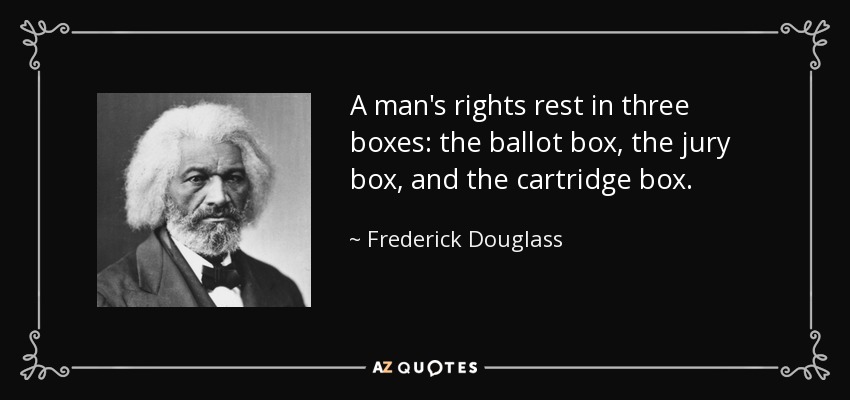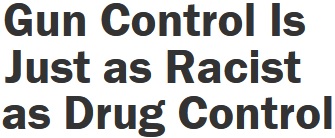A regional fly-fishing mecca to many, Ennis is defined by the Madison River, one of the most productive of Montana’s many trout waters. It has been said that this tributary of the Missouri is “one giant riffle” from upstream where the river enters the Madison Valley near the West Fork Bridge to Ennis, a distance of 40 miles.
Placed in the northern reaches of Montana’s Madison Valley, a wide almost treeless expanse in all directions allows for splendid views of five mountain ranges. The Tobacco Roots stretch to the northeast, the Greenhorns and Gravelly take up the southwest horizon and the Spanish Peaks and rapidly rising Madison Range dominate the entire northeast, east and southeast viewshed.
And besides being known for fishing this is cattle ranching country. The cowboy culture of the old west still plays out in this big landscape.
Before the arrival of whites, the valley was important hunting grounds for the Shoshone, and Bannock tribes. Often brutal winters saw to it that these tribes only came during the spring and summer.
Gold, silver, and copper discoveries led to a rush of humanity into southwest Montana. Native tribes who passed through the Madison and other big sagebrush choked valleys of this corner of the state left very little imprint on the land.
Then on July 28, 1862, John White, and his group of “Pikes Peak” prospectors discovered gold on what they named Grasshopper Creek, about 60 airmiles west of Ennis. Bannack was born. Less than a year later, on May 26, 1863, in Alder Gulch, Montana’s largest discovery of the precious metal took place. Virginia City, 14 miles from Ennis was established. In a short time more than 10,000 people were in the full 15 miles of the gulch.
In June 1863, Scottish Irish immigrant, Willian Ennis drove a freight wagon from Colorado to Virginia City planning to haul freight between the new gold camps of southwest Montana. As there wasn’t enough grass in the area for his oxen, he crossed the pass to the east and descended to the Madison Valley. Here he took advantage of the tall grass meadows that edged the river and developed a homestead cabin. From there he grew hay to sell in Virginia City. His wife Katherine and daughter Jenny joined him in 1865.
His crude log structure eventually was traded for a more permanent home that eventually was operated as a hotel. A town grew around Ennis’s homestead and in 1879 he opened a general store. As the 1880s began three major stage lines operated out of here. In 1881 a post office was established, and the newly minted community took the name Ennis. Various family members served as postmaster and postmistresses for 84 years.
Mrs. Ennis taught at the initial school and a son, William Jr. operated a saloon and was the first blacksmith. As time moved forward, the family patriarch started many businesses. On July 4, 1898, at only 70 years old, he was murdered while in Virginia City by a former friend. His descendants carried on his enterprises.
Today, Ennis, counts amongst its population of 1,025, many of the same families and businesses that first settled in the valley.

By far, tourism is the main driver of the economy and fishing is the lead. Lodges and guides are plentiful. Folks come from afar to fish and float the Madison. Large rainbow and brown trout can be found throughout the river, but especially upstream of Ennis. Just past town, the river begins to meander more, providing many channels and holes for anglers.
Travelers visiting Yellowstone, Virginia City and Bannack make Ennis a stopover. Witness this on Main Street any mid-summer day. And for historians a favorite place is the Madison Valley Historical Society Museum. Ennis is well in-grained in Montana’s earliest years. And the community has taken pride in keeping an “old west” look to the main passage through town.
A lively place indeed! Ennis celebrates the town through many occasions. An arts festival with a focus on the artistic creations of the community is an annual event held in late July. The 4th of July – Independence Day that is – Rodeo is well-worth catching. Then there are the other yearly celebrations such as Tap into Ennis Brew and Spirit, Fly Fishing and Outdoor festivals and the Hunter’s Feed the Friday prior to the opening of the hunting season.
For those overnighting in Ennis a short drive north leads to Norris Hot Springs. It has provided a place to soak even before settlers entered the valley. Since the gold rush days, miners and then locals have used the springs.
Medical concerns are handled by the Madison Valley Medical Center. Like many small Montana towns, excellent local healthcare has been a difficult but important. Since the 1950’s, Ennis has been served by this medical facility whose goal has been to provide permanent physicians for the town. A well-funded foundation helps keep the physicians enmeshed in the community and able to provide the best care possible.
Through conservation efforts by the people of Ennis, for the most part their landscapes have remained intact and are a major part of their quality of life. Big game animals live in large numbers in the surrounding mountain ranges, drawing hunters. While other places have pushed many animals away from their natural habitats, Ennis’s has upheld its origins as a small but productive part of the local environment, keeping it intact and as pristine as possible.
Ennis has easy access to its five mountain ranges, showing some of the most beautiful mountains in the Greater Yellowstone Ecosystem. The Madison Range, dotted with numerous high-country lakes, holds some of the loftiest summits in Montana. On a roster of the state’s highest ranges, the Madison is ranked second. Hilgard Peak, 11,321 feet, is the tallest pinnacle in Montana outside of the Beartooth, the only range in Montana with peaks over 12,000 feet – 29 of them.
Several trailheads at points along the 50-mile-long valley lead into the peaks and the Lee Metcalf Wilderness Area.
Less human impacted, the Gravelly Range boasts undisturbed grasslands and big vistas from the seemingly rolling high plateau of its upper reaches. The Gravelly Range Backcountry Drive, at times a rough road tracks for 72 miles across these mountains to the Centennial Valley. Hiking and horseback riding possibilities are endless.
Heavy with reminders of a mining past, the Tobacco Roots have numerous approach roads on their southern and eastern perimeter that reach trails into the alpine and the many lakes and peaks.
Montana is flush with small towns that cropped up during the days of mining and prospecting for gold, silver, copper, and other metals. The Ennis community has walked the fine line between tradition and change, moving with progress while doing its best to keep in mind its important origins and geography to preserve what they have in spite of in-migration pressures. These days if some of those whose footsteps first trod this valley could come back, they would still recognize a valley that hasn’t altered much with the passing of time. Ennis and the Madison Valley is indeed what some call “The Real Montana”.
—————————————————————————————————————————-
Mark Spero is a University of Montana graduate student and editor of UM’s This is Montana program – Sydney Bersin is a senior in UM’s Honors College majoring in chemistry and minoring in Spanish. Rick Graetz is a University of Montana professor and Director of several UM programs.






















